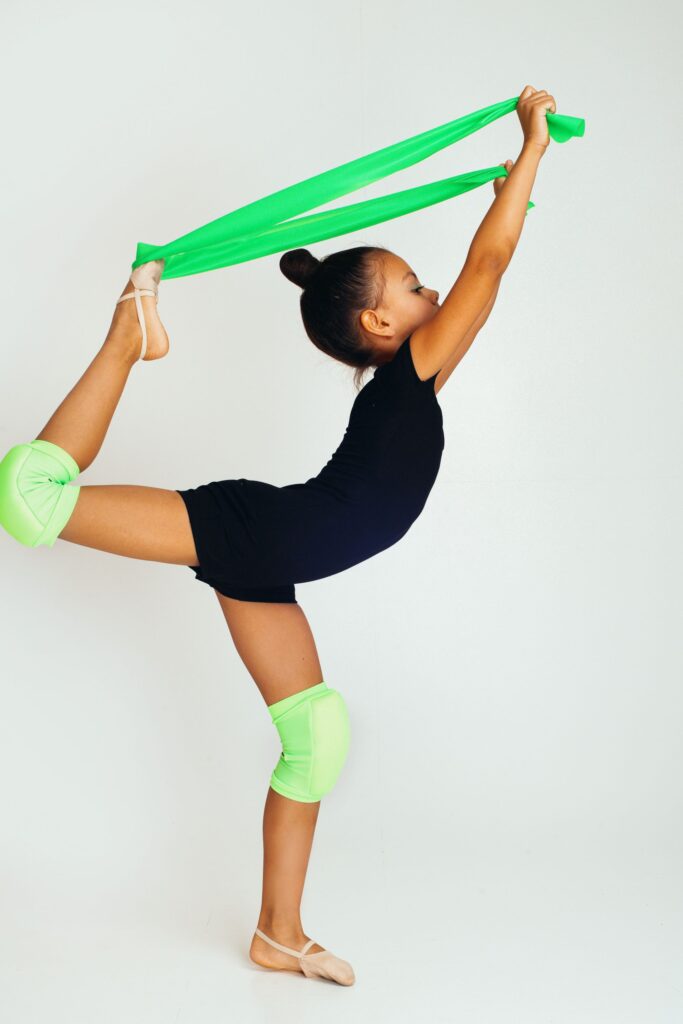
Welcome to the world of rhythmic gymnastics – a blend of elegance, strength, and flexibility that takes the art of movement to a whole new level! Particularly in Singapore, this sport has captured the hearts of many kids, helping them transform their physical energy into a mesmerizing display of fluidity and grace.
Rhythmic gymnastics is a beautiful way for children to develop physical abilities, enhance self-esteem, and broaden their horizons. So, whether your child is pirouetting in the living room or has a penchant for dancing, this guide will navigate you through the basic techniques of rhythmic gymnastics for kids.
What is Rhythmic Gymnastics?
Rhythmic gymnastics, also known as modern gymnastics or artistic gymnastics, is an Olympic sport that combines elements of ballet, acrobatic dance, and apparatus manipulation. It involves using hand-held apparatus such as hoops, balls, clubs, and ribbons to enhance the movement sequences.
Rhythmic gymnastics is an excellent sport for kids in Singapore to explore their physical and creative abilities. It helps them develop strength, flexibility, coordination, grace, and poise. Moreover, rhythmic gymnastics allows kids to express themselves in an atmosphere of fun and enjoyment.
The Basic Techniques of Rhythmic Gymnastics
Here are some of the five basic techniques you should familiarize your child with before they take on this sport:
Postures
Postures refer to the static poses in rhythmic gymnastics. It helps children develop body control and posture, thus providing them with a strong foundation in the sport. Common postures for kids in rhythmic gymnastics include arabesque, attitude, kneeling, and fishtail.
Body Movements
Body movements are essential for rhythmic gymnastics as they contribute to the overall aesthetics of the performance. Movements such as jumps, turns, and leaps are integral to this sport. They help children to develop agility, coordination, and balance.
Apparatus Manipulation
The apparatus used in rhythmic gymnastics helps add more complexity to the movements and poses. For instance, a hoop provides great resistance when spun around the body, allowing children to coordinate their movements and enhance strength. Clubs and ribbons can also be used to create beautiful designs in the air. Countless children in Singapore have discovered their passion for Rhythmic Gymnastics through captivating performances featuring enchanting apparatus like clubs and ribbons.
Rhythmic Expression
Rhythmic expression refers to the use of music to enhance the performance. It involves interpreting and expressing emotions through body movements that are in sync with the beat of the music. This helps children engage more in their performance, further developing their creativity and self-expression skills.
Combinations
Combinations refer to combining postures, movements, apparatus manipulation, and rhythmic expressions artistically. This helps children to practice their coordination and build upon their existing skills. They will learn to combine all the techniques with rhythmic gymnastics to easily create a beautiful and elegant performance.
This was all about the basic techniques of rhythmic gymnastics for kids. If you want to enrol your child in this sport, look for a reputable dance academy that imparts these skills. Your kid can soon perform breathtaking routines with the proper guidance and practice!
